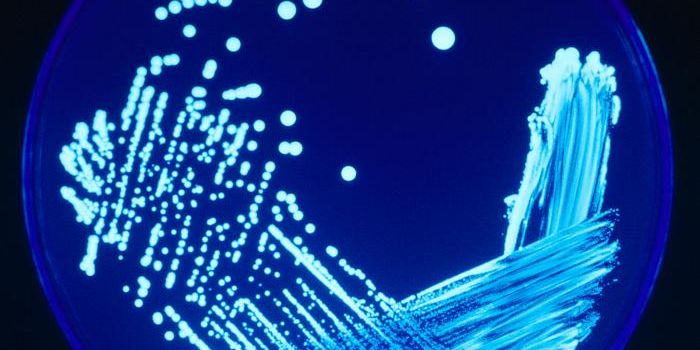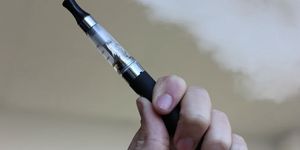The Most Common Marine Microbe Has a Virus in Its Genome
Single-celled ocean microbes known as Pelagibacter or SAR11 make up about 25 percent of the plankton on the planet. They might be the most common bacteria in the world. The vast numbers of microorganisms in the world have to compete for resources, and these dominant SAR11 bacteria have very been good at it. Researchers have known that SAR11 can host viruses, and this skill might be the secret to its success. Scientists have now learned more about a unique virus carried in the SAR11 genome. The virus is usually dormant, but it can activate and infect other cells, bringing some of the host genetic material along. The findings have been reported in Nature Microbiology.
"Many bacteria have viruses that exist in their genomes. But people had not found them in the ocean's most abundant organisms," said the co-lead study author Robert Morris, a University of Washington associate professor of oceanography. "We suspect it's probably common, or more common than we thought—we just had never seen it."
Unlike viruses that infect a host cell to produce more viral particles, this virus gets copied along with the host cell genome, while it can also replicate and exit the cell to infect others. This research found that up to three percent of SAR11 microbes are infected but end up splitting open. That is a higher percentage than other viruses that reside in their host's genome, and maintains a large amount of free-floating viral particles to infect other cells.
"There are ten times more viruses in the ocean than there are bacteria," Morris said. "Understanding how those large numbers are maintained is important. How does a virus survive? If you kill your host, how do you find another host before you degrade?"
This research may also help us learn more about host-virus interactions in general.
"If you study a system in bacteria, that is easier to manipulate, then you can sort out the basic mechanisms," Morris said. "It's not too much of a stretch to say it could eventually help in biomedical applications."
For this work, co-lead study author Kelsy Cain gathered samples of SAR11 off the coast of Oregon. The microbes were then grown in the lab and a strain was sequenced. But a virus was getting in the way of their sequencing results.
"In the past, we got a full genome, first try," Morris said. "This one didn't do that, and it was confusing because it's a very small genome."
"When we went to grow the NP2 control culture, lo and behold, there was another virus. It was surprising how you couldn't get away from a virus," said Cain.
Cain found that when SAR11 is deprived of nutrients, the cells they infect burst open more often. The researchers suggested that since bacterial genes move out of the cell with the virus, it may be helping SAR11 keep a competitive advantage over other microbes in a challenging environment.
"We want to understand how that has contributed to the evolution and ecology of life in the oceans," Morris said.
Sources: Phys.org via University of Washington, Nature Microbiology









